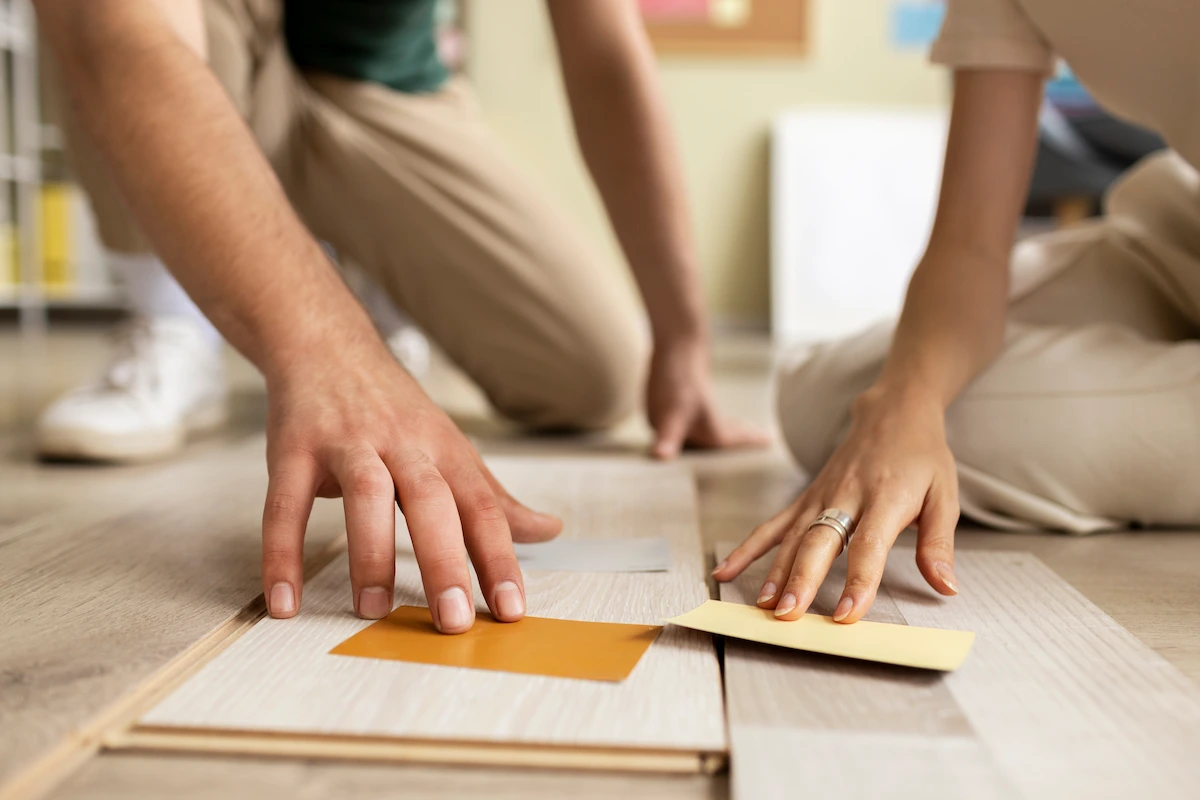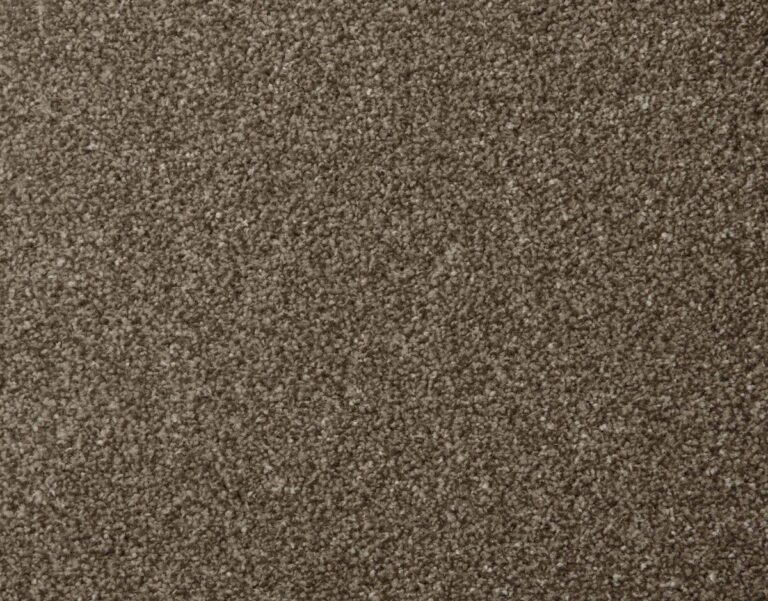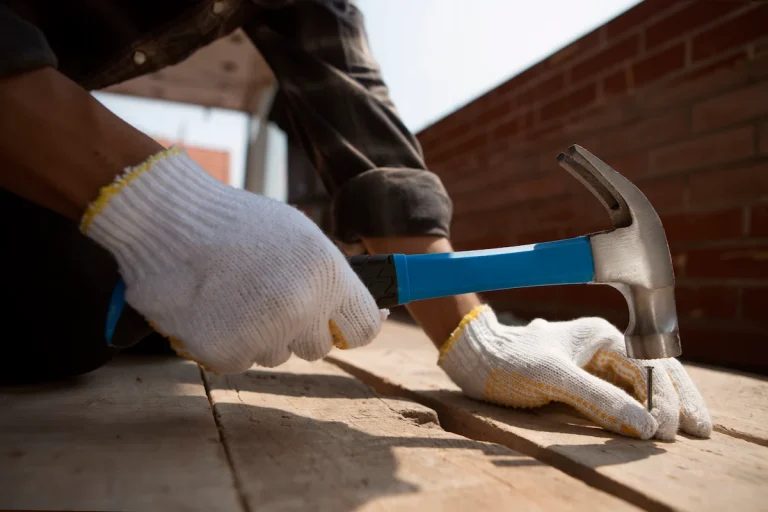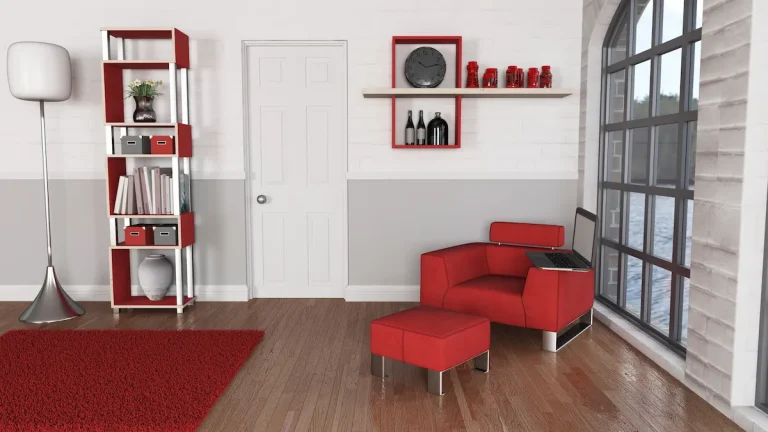When selecting the right flooring for your home, a flooring durability comparison becomes essential in making an informed decision. Durability plays a critical role in ensuring that your flooring can withstand daily wear and tear over time. Factors such as material type, maintenance needs, and environmental conditions all influence the lifespan of your floors.
This article delves into various flooring types, their longevity, and provides tips on selecting the longest-lasting flooring options for your home. By understanding these factors, you can make the right choice that fits your needs and ensures long-term satisfaction.
Types of Flooring and Their Durability
Choosing the right type of flooring is essential for both aesthetics and longevity. Each flooring type has unique properties that affect its durability. In this section, we will explore some of the most popular flooring options and examine their specific durability characteristics.
1. Hardwood Flooring
Hardwood flooring is known for its timeless elegance and impressive durability, lasting up to 50 years with proper care. Regular cleaning, refinishing, and protection from moisture are key to maintaining its lifespan. However, hardwood requires attention to avoid damage from high moisture areas like bathrooms.
Maintenance Tips:
- Sweep regularly to remove dirt.
- Use a damp mop with hardwood-specific cleaners.
- Place rugs in high-traffic areas.
2. Laminate Flooring
Laminate flooring offers an affordable alternative to hardwood with impressive durability. It can resist scratches and dents, making it an ideal choice for high-traffic areas. Although laminate doesn’t require much upkeep, it’s essential to prevent excess moisture, which could damage the floor.
Maintenance Tips:
- Sweep regularly to keep dirt at bay.
- Occasionally damp mop with a mild cleaner.
3. Vinyl Flooring
Vinyl flooring is a durable and versatile option for homes, offering excellent moisture resistance. It’s ideal for bathrooms and kitchens, where water exposure is common. Vinyl can last for several decades with minimal maintenance, making it an excellent long-term investment.
Maintenance Tips:
- Sweep regularly.
- Clean with a damp mop to avoid damage.
4. Tile Flooring
Tile flooring, including ceramic and porcelain, is renowned for its strength and ability to withstand heavy foot traffic. It’s resistant to moisture and stains, making it suitable for kitchens, bathrooms, and even outdoor areas. However, tiles can crack if heavy objects are dropped.
Maintenance Tips:
- Sweep regularly.
- Mop with a gentle cleaner and re-seal grout annually.
5. Carpet Flooring
Carpet offers comfort but needs regular maintenance to stay durable. It requires periodic vacuuming and professional cleaning to maintain its lifespan. Carpet flooring may last 5-10 years, depending on foot traffic, but its soft texture makes it ideal for bedrooms and living rooms.
Maintenance Tips:
- Vacuum regularly to prevent dirt buildup.
- Schedule professional cleaning yearly.
Flooring Durability Comparison
Each flooring type has its own set of benefits when it comes to durability. Here’s a quick breakdown of flooring durability comparison:
- Hardwood: 50+ years with proper care.
- Laminate: 15-25 years.
- Vinyl: 20-30 years, excellent for moisture resistance.
- Tile: 30+ years with proper maintenance, susceptible to cracks.
- Carpet: 5-10 years, dependent on maintenance.
Understanding these lifespans helps homeowners make the right choice for their home and lifestyle.
Factors Affecting Flooring Durability
When evaluating flooring durability comparison, homeowners must consider several factors:
- Foot Traffic: High-traffic areas require more durable flooring like hardwood or tile.
- Moisture: Bathrooms and kitchens need moisture-resistant materials such as vinyl or tile.
- Maintenance: Regular care can extend the life of any flooring.
How to Improve the Durability of Flooring
Extending the life of your flooring requires proper care. Here are a few tips:
- Routine Maintenance: Regular sweeping, vacuuming, and mopping are essential.
- Protective Measures: Use rugs and mats in high-traffic areas to reduce wear.
- Sealants: Applying sealants to porous materials like tiles or hardwood can protect against moisture damage.
By adhering to these practices, you can increase the lifespan of your floors, ensuring they remain in top condition for years.
Conclusion: Choosing the Longest-Lasting Flooring
Selecting the most durable flooring for your home involves a thorough understanding of your space’s needs and maintenance capabilities. Whether it’s the natural elegance of hardwood or the low-maintenance appeal of vinyl, each flooring type has its own strengths and ideal applications. For those looking for long-term value, flooring durability comparison plays a crucial role in making the best decision.
If you’re ready to explore high-quality, durable flooring options, TEKA Flooring offers a variety of flooring solutions that combine beauty with longevity. Visit our store to discover the perfect flooring for your home!
Read also:

































